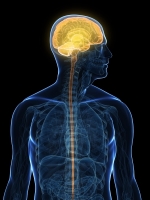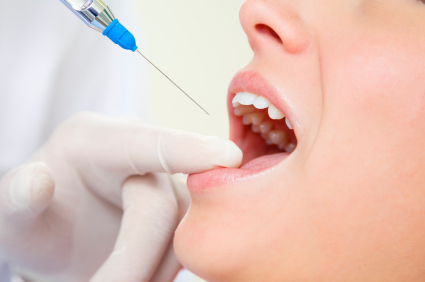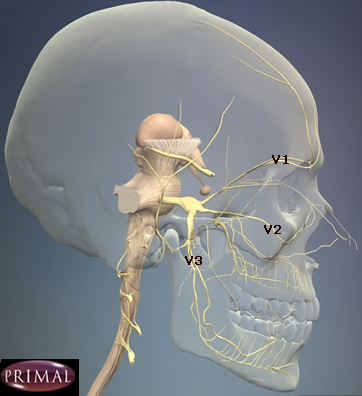Introduction to dental local anaesthesia


This session provides an overview of dental local anaesthesia. Much of the information will be revision of basic principles from undergraduate training. The session describes the techniques available to achieve local anaesthesia for dental procedures, and then goes on to demonstrate how local anaesthetic agents are classified and what their ideal properties are.
Learning objectives
By the end of this session you will be able to:
- define the term 'local anaesthesia'
-
describe the techniques and equipment used in dental practice to achieve local anaesthesia
- list the ideal properties of local anaesthetic agents
- explain how local anaesthetic agents are classified


Before commencing this session you should have a knowledge of head and neck anatomy in relation to nerve supplies and dental anaesthesia.
Zoe is currently a Senior House Officer in Oral and Maxillofacial Surgery and Paediatric Dentistry at Alder Hey Children’s Hospital. She recently finished a six month post at University Hospital Aintree as an SHO in Oral and Maxillofacial Surgery.
Zoe completed two years General Professional Training in the Northern Deanery. She worked as a House Officer at Newcastle Dental Hospital, in all the departments, and in a General Dental Practice. She qualified from Newcastle Dental School with BDS in June 2008, and passed the MFDS Parts I and II from RCS Edinburgh in 2009-2010.

- Oral Health | Clinical and Risk Asessment | What s...
- Posted By eIntegrity Healthcare e-Learning
- Posted Date: 2025-03-04
- Location:Online
- This session examines the essential details that should be recorded in a patient's clinical notes for common dental procedures. Good practice guidelines surrounding the retention of patient records are also discussed together with the importance of confi
- Oral Health | Clinical and Risk Asessment | What i...
- Posted By eIntegrity Healthcare e-Learning
- Posted Date: 2025-03-04
- Location:Online
- This session outlines the background to the development of health promotion, and the key principles and strategies underpinning health and oral health promotion.
- Oral Health | Clinical and Risk Asessment | What a...
- Posted By eIntegrity Healthcare e-Learning
- Posted Date: 2025-03-04
- Location:Online
- The clinical record is not restricted to what is written in the clinical notes. This session looks at what also constitutes clinical records and how these can be kept safely for the required period of time. The benefits and drawbacks of computerised syste
- Oral Health | Clinical and Risk Asessment | What a...
- Posted By eIntegrity Healthcare e-Learning
- Posted Date: 2025-03-04
- Location:Online
- This session outlines the basic skills required to deliver effective diagnoses. It will form an introduction to the further learning delivered within this programme that will complement these skills.
- Oral Health | Clinical and Risk Asessment | Use of...
- Posted By eIntegrity Healthcare e-Learning
- Posted Date: 2025-03-04
- Location:Online
- This session describes current thinking on effective delivery of fluoride to the mouth, why fluoride toothpastes have been so successful in reducing caries, enamel solubility and how fluoride can both help to prevent it and reverse the early stages of dis





